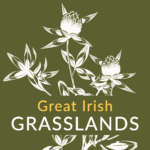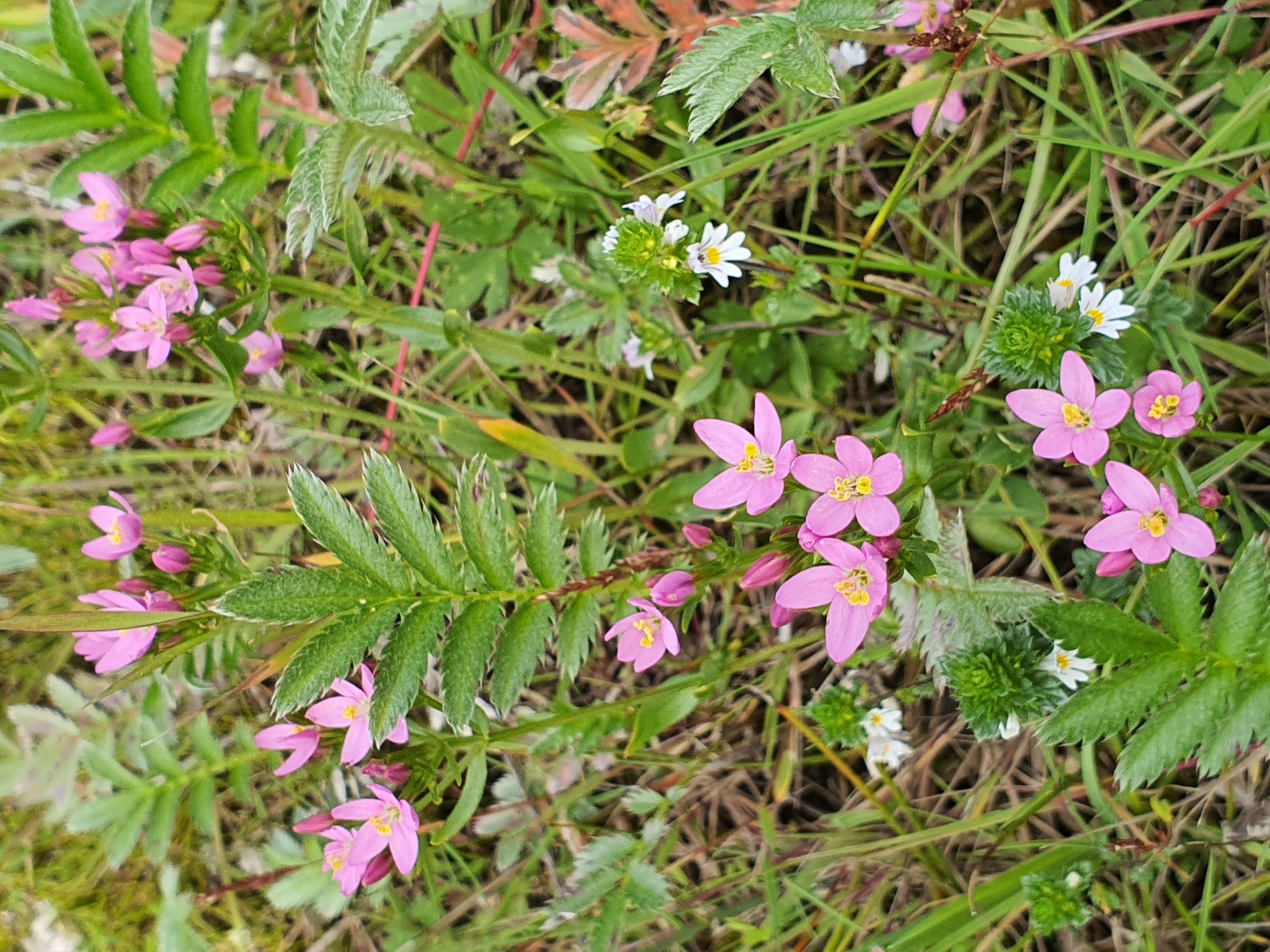Semi-natural grasslands are more important than you might think!
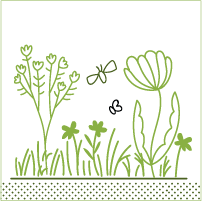
Nature
Semi-natural grasslands are hugely important for our native biodiversity, supporting vast arrays of plants and animals, many of which will only thrive in open grassland habitats. This includes many orchids and other wildflower species, many insects (e.g. grasshoppers, butterflies, etc.), and a range of farmland birds, such as Corncrake, Yellowhammer, Barn Owl and Skylark.
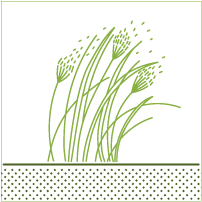
Carbon
They capture and store great quantities of carbon. Some grassland types, such as floodplain meadows, rival woodlands for carbon capture.
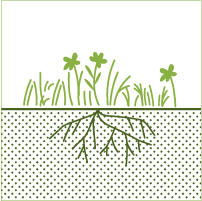
Soils
Diverse grassland plant communities support healthy soils, with thriving ecosystems of their own. There can be up to 1 billion individual microscopic cells and around 10,000 different species in a gram of healthy soil!
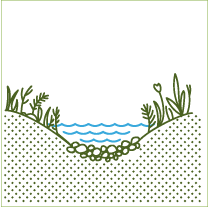
Water
Grasslands work hard to filter water through their healthy soils, helping to provide us with clear water in our streams and rivers.
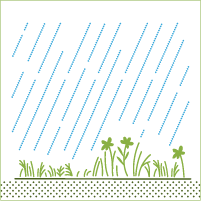
Flooding prevention
They carry out a valuable function in times of flooding, by holding water and slowing its flow downstream. We need more grasslands and other semi-natural habitats to hold water in times of extreme rainfall and to help keep urban areas free from flooding.

Health & wellbeing
There is little better than a flowery, buzzing summer meadow. We all derive great pleasure and sustenance from being in nature, and diverse, functioning grasslands help us to feel good and connected to nature.

Tourism
Flourishing grasslands can support tourism, by providing visitors from near and far with beautiful views and experiences.

A disappearing habitat:
Recent data from the National Parks and Wildlife Service in the Republic of Ireland show losses of about 30% for some of our most special grassland types, over a period of just ten years. The main causes of loss are:
- conversion to intensive agriculture (e.g. ploughing, re-seeding, fertilising),
- planting with forestry,
- and perhaps counter-intuitively, abandonment. This is because lack of management quickly leads to decline in quality in most semi-natural grasslands.
